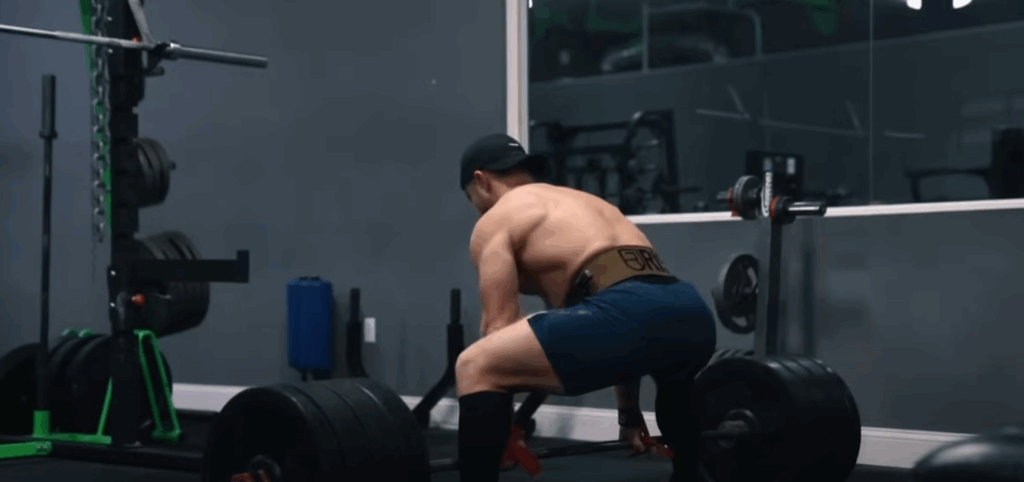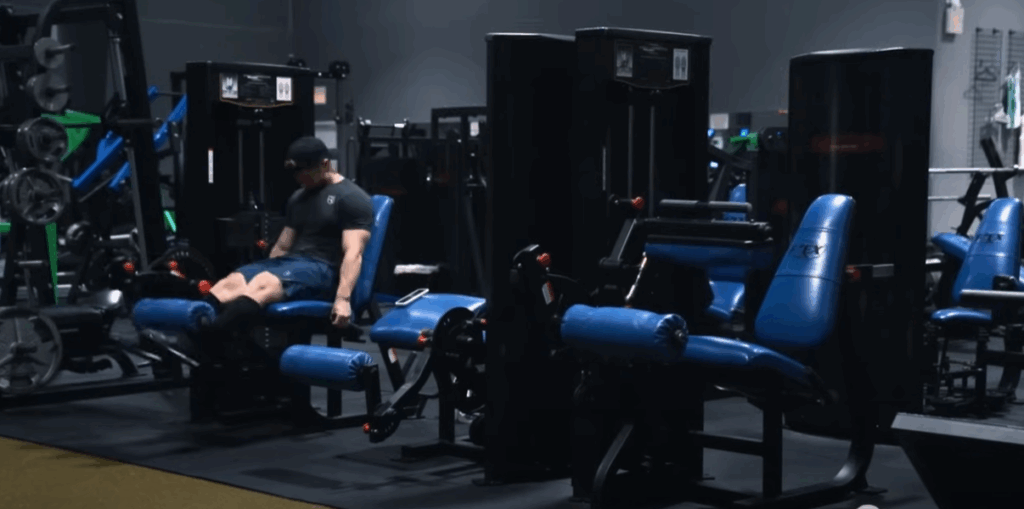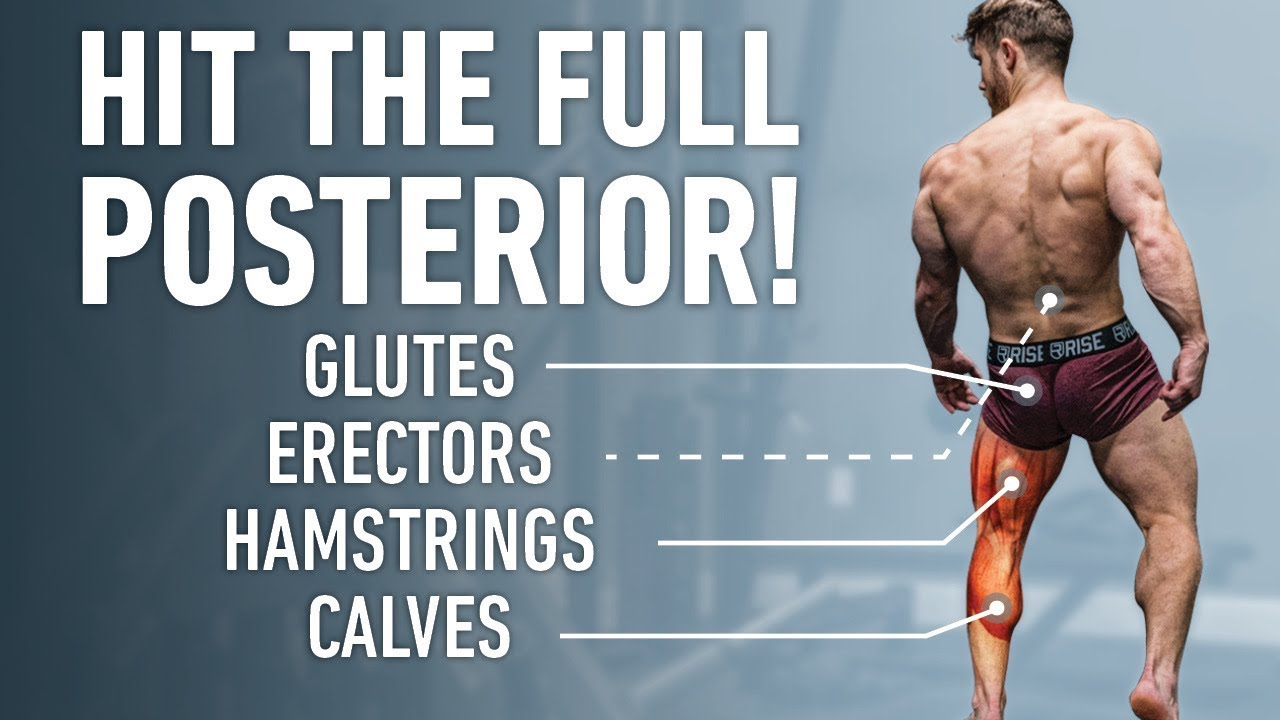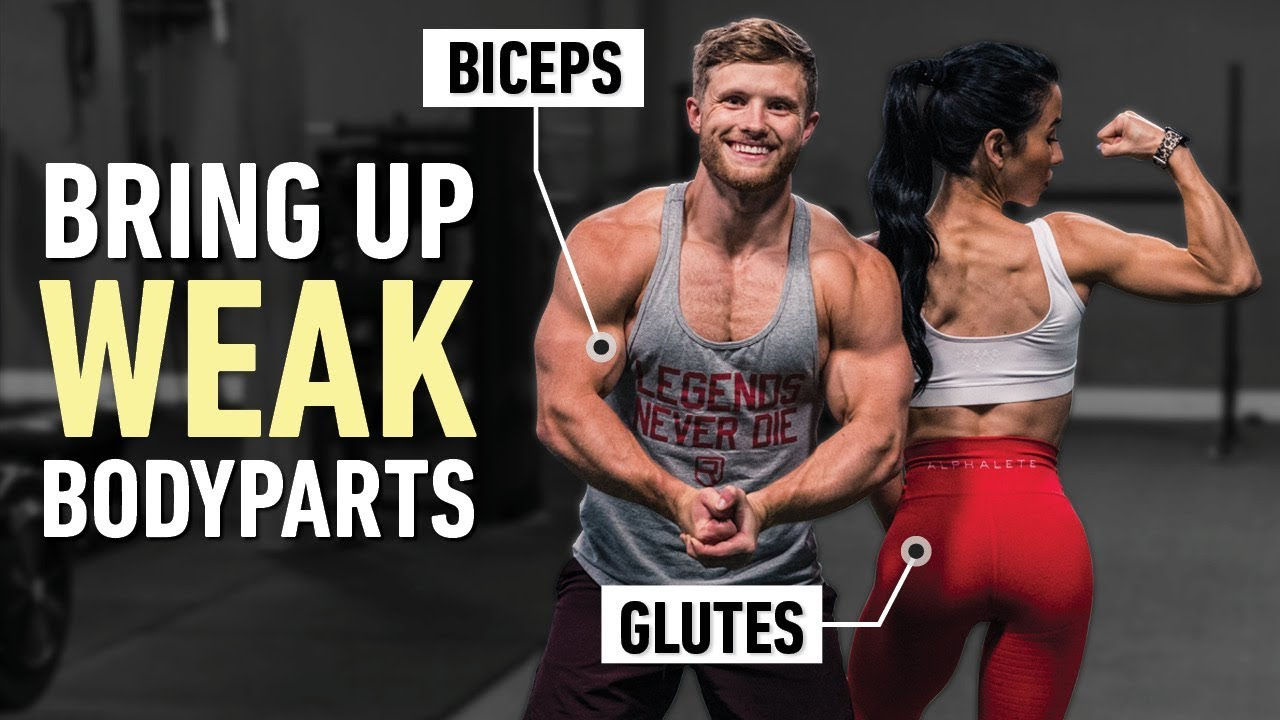If you want a physique that’s not just aesthetic but also strong and functional, you can’t neglect your posterior chain. Your glutes, hamstrings, and lower back play a crucial role in power production, athletic performance, and overall lower-body development. While many lifters dedicate most of their leg training to quad-dominant moves, building the backside of your legs can dramatically improve strength, stability, and even your squat and deadlift numbers.
This workout is designed for those running an upper/lower split and serves as the second lower-body session of the week. The emphasis is on posterior chain hypertrophy and strength, while still keeping enough quad work to maintain balance. Whether you’re a beginner or an intermediate lifter, this session provides enough weekly volume to stimulate serious growth.

Warm-Up and Training Split Overview
Before jumping into heavy lifts, spend at least 10 minutes warming up your hips, glutes, and hamstrings. Dynamic movements such as glute bridges, Romanian deadlifts with light dumbbells, and bodyweight lunges can help fire up the muscles you’ll be targeting.
This session fits perfectly into a 4-day upper/lower split for beginners and intermediates. Advanced lifters can use it as part of a 6-day program, adding an additional leg day to target specific weaknesses.
1. Deadlift (Sumo or Conventional)
Sets & Reps: Start with 2 sets of 5 reps in week 1, gradually progressing to 4 sets by week 3. In week 4, drop back to 2 sets but increase the load.
The deadlift remains one of the most effective posterior chain builders. Both sumo and conventional styles work the glutes and hamstrings extensively, but they place slightly different demands on your body:
- Sumo: More quad engagement and reduced lower-back stress.
- Conventional: Greater spinal erector activation and overall posterior chain demand.
Switching between variations every few training blocks can help improve weak points and prevent plateaus.
Form Tip: Keep the bar over the mid-foot throughout the lift, brace your core tightly, and avoid jerking the weight off the floor. Your lats stabilize the bar, but most of the workload comes from your legs and hips.
2. Wide-Stance Low-Bar Box Squat
Sets & Reps: 3 sets of 8 reps, adding 1 rep per week until you reach 10, then increase weight and return to 8 reps.
This modified squat shifts the focus from your quads to your glutes and hamstrings by altering stance, bar position, and movement pattern.
Why This Variation Works
- Low-Bar Position: Placing the bar lower on your rear delts increases hip involvement.
- Box Support: Sitting back onto a box encourages proper hip hinge mechanics and limits forward knee travel.
- Wide Stance: Standing up to twice your shoulder-width increases glute recruitment, as supported by EMG studies.
- Foot Flare: Slightly turning your toes outward (up to 45°) enhances hip external rotation, further activating the glutes.
Start light to master technique before increasing load.

3. Barbell Hip Thrust (Constant Tension Method)
Sets & Reps: 3 sets of 12 reps, focusing on the top half of the range.
Traditional hip thrusts allow a full range of motion, but research shows the glutes are most active near full hip extension. The constant tension method keeps your muscles under continuous load by eliminating the “rest” at the bottom of each rep.
Execution Tips
- Keep your chin tucked and core braced.
- Drive through your heels and stop just before hyperextending your lower back.
- Focus on squeezing your glutes hard at the top of every rep.
Using moderate weight allows for better mind-muscle connection, making it ideal for hypertrophy.
4. Leg Extension & Seated Leg Curl Superset
Sets & Reps: 3 rounds of 20 reps each, resting 30 seconds between movements.
While this workout targets the posterior chain, quads still need some love for overall balance. Pairing leg extensions with seated leg curls delivers a high-volume metabolic stress finisher.
Rest-Pause Method
Instead of rushing through supersets, rest 30 seconds between each movement. This short break allows you to maintain higher intensity without sacrificing form, maximizing muscle fatigue where it counts.
5. Seated Calf Raises
Sets & Reps: 3 sets of 8 slow reps with a pause at the bottom and squeeze at the top, followed by 8 partial “pumping” reps.
Calves often lag because most people rush through them. By emphasizing the stretch and peak contraction before finishing with partials, you create both mechanical tension and metabolic stress—key drivers of calf growth.
6. Ab Wheel Rollouts
Sets & Reps: 3 sets of 8 controlled reps.
The ab wheel is one of the best core exercises for lifters because it strengthens the entire anterior chain while teaching proper spinal stability under tension. Think of it as a moving plank:
- Keep your glutes engaged to protect your lower back.
- Only extend as far as you can maintain a neutral spine.
A strong core translates directly to better squat and deadlift performance.

Progression, Volume, and Advanced Options
This session provides enough volume for most beginners and intermediates to progress steadily. If you’re advanced and already training 5–6 days per week, consider adding a third leg day with extra volume tailored to your weak points:
- Glute emphasis: Add Bulgarian split squats or cable kickbacks.
- Hamstring focus: Include Romanian deadlifts or Nordic hamstring curls.
- Quad focus: Incorporate high-bar squats or front squats.
Track your weekly volume and gradually increase either sets, reps, or load to ensure progressive overload.
Final Thoughts
A well-developed posterior chain is essential for strength, athleticism, and balanced aesthetics. This leg workout builds glutes and hamstrings through smart exercise selection, evidence-based training volume, and progressive overload. Stick to this plan for at least 8–12 weeks, and you’ll notice significant improvements in strength, muscle size, and overall lower-body power.



